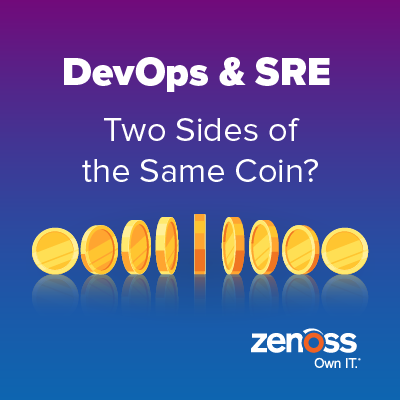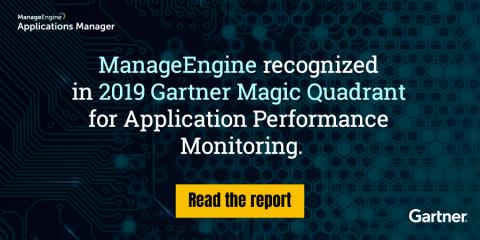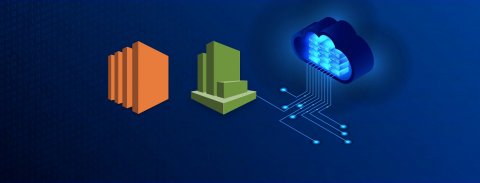Grafana v6.1 Released
A few weeks have passed since the excitement of the major Grafana 6.0 release during GrafanaCon, which means it’s time for a new Grafana release. Grafana 6.1 iterates on the permissions system to allow for teams to be more self-organizing. It also includes a feature for Prometheus that enables a more exploratory workflow for dashboards.











